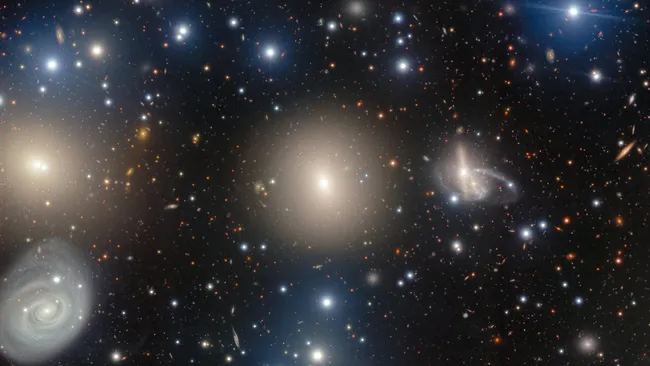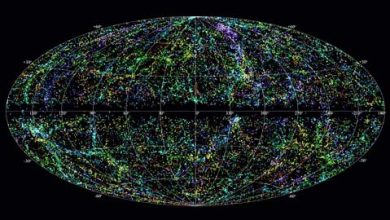Quadrantid meteors to peak as Earth passes through debris of dead comet

As stargazers around the Northern Hemisphere prepare for a celestial treat, the Quadrantid meteor shower is set to reach its peak on January 4 and 5. This annual display, known for its bright fireball meteors, promises to offer a stunning start to the new year.
The Quadrantids, deriving their name from the now-defunct constellation Quadrans Muralis, are expected to produce up to 120 meteors per hour at their peak.
The shower’s radiant point, near the Big Dipper and the constellation Bootes, will be best positioned for observers in the Northern Hemisphere, particularly in the pre-dawn hours.
This year’s spectacle comes with a challenge, however, as a bright last quarter moon is set to rise around midnight, potentially outshining the fainter meteors. Despite the lunar interference, dedicated skywatchers can still anticipate a memorable show, especially if they venture away from city lights to darker locations.
The Quadrantids are notable not only for their intensity but also for their brief peak, which lasts only about six hours.
For those hoping to catch a glimpse of this cosmic event, the best viewing strategy is to look skyward from 2 a.m. until dawn local time. While the Southern Hemisphere is less likely to witness the Quadrantids, observers in the Northern Hemisphere, particularly in areas with minimal light pollution, stand a good chance of observing the shower’s peak.
The Quadrantids originate from the debris trail of the asteroid 2003 EH1, which is believed to be the remnant of a comet that broke apart centuries ago.
As Earth passes through this trail of particles, they burn up in our atmosphere, creating the fiery streaks we see as meteors.
Despite the moon’s presence, the promise of over 60 meteors per hour makes the Quadrantid meteor shower an event worth braving the cold for.





